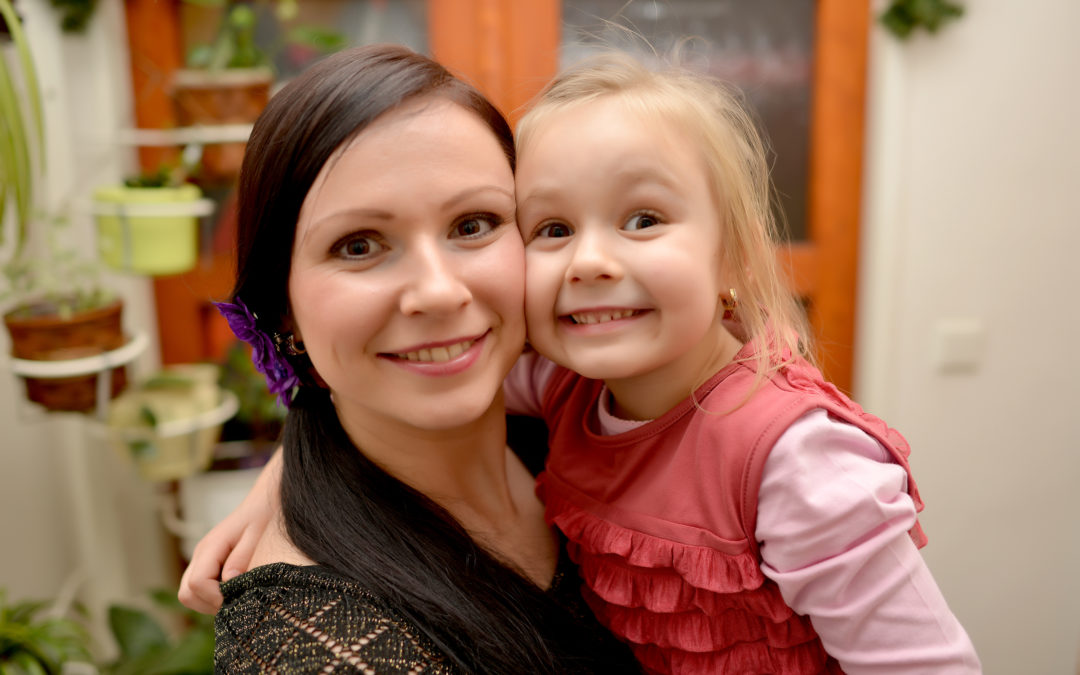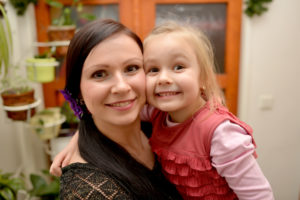No single speech therapy approach has been shown to be most effective for treating Childhood Apraxia of Speech (CAS), but some important general principles of speech therapy for CAS include:
- Your child’s speech-language therapist will focus on speech drills, such as asking your child to say words or phrases many times during a therapy session.
- Your child will be asked to listen to the speech-language pathologist and to watch his or her mouth as he or she says the target word or phrase. By watching the speech-language pathologist’s mouth, your child also sees the movements that go along with the sounds.
- Your child will most likely practice syllables, words or phrases, rather than isolated sounds, during speech therapy. Children with CAS need practice making the movements from one sound to another.
- Because many children with CAS distort vowel sounds, your child’s speech-language pathologist may choose words for your child to practice that contain vowels in different types of syllables. For example, your child may be asked to say “hi,” “mine” and “bite,” or “out,” “down” and “house.”
- If your child has severe CAS, your child’s speech-language pathologist may use a small set of practice words at first, and gradually increase the number of words for practice as your child improves.
Speech practice at home
Because speech practice is very important, your child’s speech-language pathologist may encourage you to be involved in your child’s speech practice at home.
Your child’s speech-language pathologist may give you words and phrases to practice with your child at home that he or she has learned in speech therapy. Each home practice session can be short, such as five minutes in length, and you may practice with your child twice a day.
Children also need to practice words and phrases in real-life situations. Create situations where it will be appropriate for your child to say the word or phrase spontaneously. For example, ask your child to say “Hi, Mom” each time mom enters a room. Practicing words or phrases in real-life situations will make it easier for your child to say the practice words automatically.
(Borrowed from MayoClinic.org)



Recent Comments